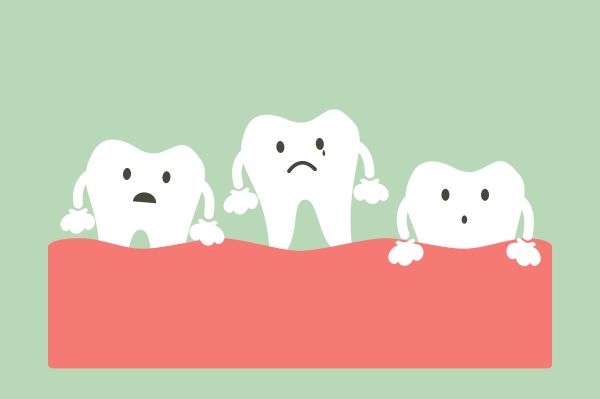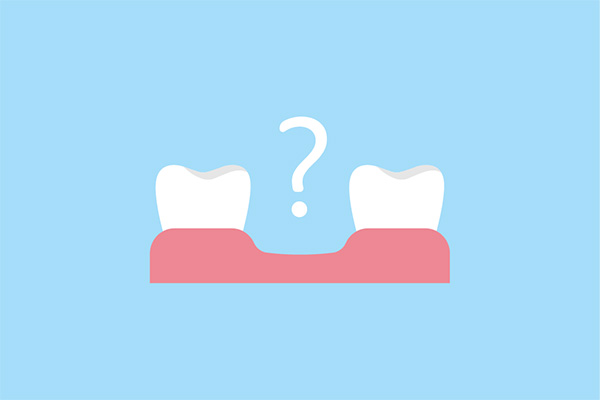Gum Grafting and The Recovery Process

Gum grafting is a procedure that involves stitching healthy tissue onto areas in the mouth where the gums have pulled away from the teeth. The purpose of the gum tissue is to cover and protect the roots of teeth by wrapping tightly around each tooth. When the gums begin to recede, tooth roots can become exposed. Gum recession is a condition that affects many adults in the United States and beyond –– causing tooth sensitivity and even tooth loss.
What is gum grafting?
When the gums are receding, the problem only gets worse without the help of grafting. Gum recession exposes the roots of teeth, making them more susceptible to tooth decay. Gum grafting is a simple surgical procedure in which the periodontist removes a piece of tissue from the palate of the mouth, or from adjacent healthy gum tissue. The tissue is then attached to the receding gums, where it supports the existing tissue.
During the procedure
The periodontist will use local anesthesia to numb the area before any surgery takes place. The periodontist will then perform one of three predetermined types of gum grafting: a free gingival graft, a connective tissue graft and a pedicle graft.
Free gingival grafts consist of the periodontist taking a small piece of tissue from the palate (roof of the mouth) and stitching it to the area where the recession has occurred. This type of graft prevents further recession. In connective tissue grafting procedures, the periodontist will open a small flap in the roof of the mouth and remove a piece of that connective tissue for placement on the receded area. Finally, a pedicle graft is when the periodontist creates a flap of tissue next to the receded gums. Pedicle grafts are often the most successful.
After the procedure is finished, the patient will rinse his or her mouth with an antibacterial rinse to prevent any infection. At this point, the periodontist will discuss with the patient how to treat the surgical area until the wound is healed.
Recovery
Right after the procedure, patients will go home to rest. It is recommended to take the day off and not to return to normal activities until 24 hours have passed since the surgery. An antimicrobial mouthwash will likely be prescribed to avoid any infection. Any sensitivity should go away in a few days and should be manageable with an over-the-counter pain reliever such as ibuprofen.
Gum grafting procedures usually heal quickly, as long as the patient follows all instructions. During the first week after any gum grafting procedure, the patient should eat only liquid to semi-liquid foods so as not to damage the recent work. Eat liquid foods like yogurt, applesauce, blended soups within the first 3 days after surgery. Patients can introduce semi-liquid foods after the first 3 days, including soft scrambled eggs and mashed vegetables in the first week.
Getting ready for your gum grafting procedure?
Call our office today to set up an appointment with one of our highly trained dentists if you are experiencing gum recession. We can help you achieve the healthy, bright smile you want.
Request an appointment here: https://www.ohiocosmeticdentists.com or call Ohio Cosmetic Dentists at (614) 503-5240 for an appointment in our Columbus office.
Check out what others are saying about our services on Yelp: Read our Yelp reviews.
Recent Posts
There are many options for replacing missing teeth, but how can replacing missing teeth help your oral health? Replacing missing teeth is the best way to prevent tooth decay, gum disease, and jawbone deterioration. Options for replacing missing teeth are dental implants, dentures, or dental bridges. Choosing which option will work best for you depends…
Nobody wants to be searching for options for replacing missing teeth, but it’s good to be prepared just in case. Not only is a missing tooth an eyesore, but there is usually an underlying reason behind it. Mouth diseases such as gingivitis or accidents are generally the most likely culprits for losing a tooth. No…
Composite fillings are a common restorative material used to repair damaged teeth and restore their function and appearance. Patients frequently inquire about their lifespan and proper maintenance. Understanding how long these restorations can last and the steps necessary to care for them is essential for maintaining oral health and ensuring these fillings remain effective.Composite fillings…
If you are missing several teeth or all of your upper or lower teeth or even all the teeth in your mouth, you may be wondering, “What are my options for replacing missing teeth?” Full or partial dentures may be a good option for you. In this article, we’ll discuss what makes a good candidate…


